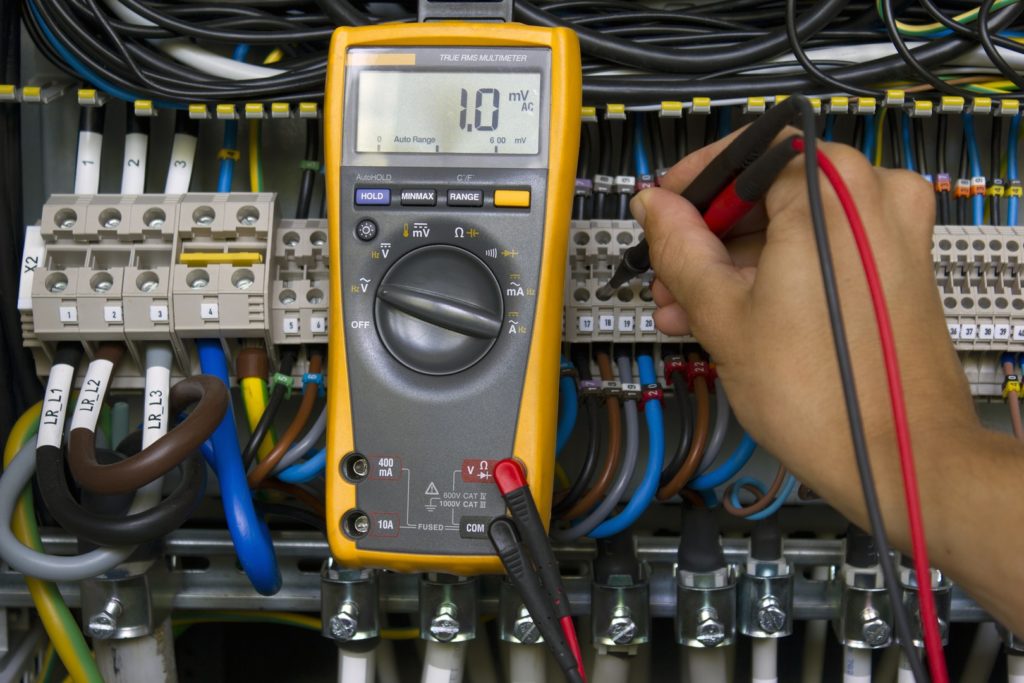
Interviewer: Can you explain what instrument calibration is, and why it is necessary?
Brij: Instrument calibration is the process of verifying and adjusting the accuracy of an instrument by comparing its measurements to a known standard. It is necessary to ensure that the readings provided by an instrument are reliable and accurate. Over time, instruments can drift from their original calibration due to factors such as wear and tear, environmental conditions, and aging components. Calibration helps to ensure that the instrument remains accurate and consistent.
Interviewer: What types of instruments require calibration?
Brij: Almost all types of measuring instruments require calibration, including but not limited to temperature sensors, pressure gauges, flow meters, scales, and oscilloscopes.
Interviewer: How is instrument calibration performed?
Brij: Instrument calibration is typically performed by comparing the readings of the instrument being calibrated to a traceable reference standard. This can be done using specialized equipment such as calibration baths, pressure comparators, or electrical signal generators. The process usually involves adjusting the instrument to bring it into alignment with the reference standard, with the aim of reducing the difference between the instrument’s readings and the true value.
Interviewer: What is traceability in calibration, and why is it important?
Brij: Traceability refers to the ability to trace a measurement back to a recognized standard. In calibration, traceability is important because it ensures that the reference standard used for calibration is accurate and consistent. Calibration laboratories often have their own standards that are traceable to national or international standards, such as the National Institute of Standards and Technology (NIST) in the United States. This provides assurance that the calibration performed is reliable and accurate.
Interviewer: What are some challenges in instrument calibration?
Brij: One of the biggest challenges in instrument calibration is ensuring that the calibration process itself does not introduce errors. This can be particularly difficult when the calibration is performed in the field, where environmental conditions may vary. Other challenges include selecting the appropriate reference standard and ensuring that the instrument being calibrated is operating within its specified range.
Interviewer: How often should instruments be calibrated?
Brij: The frequency of instrument calibration depends on factors such as the type of instrument, its application, and the manufacturer’s recommendations. Some instruments require calibration before every use, while others may only need to be calibrated once a year or less frequently. It is important to follow the manufacturer’s recommendations and any applicable regulations or standards when determining the calibration frequency.
Conclusion
Interviewer: Thanks for explaining the basics of instrument calibration. Is there anything else you’d like to add?
Brij: Yes, it’s worth noting that instrument calibration is not a one-time event. It is an ongoing process that is essential for ensuring accurate and reliable measurements. Regular calibration can also help to identify potential problems with instruments before they lead to inaccurate results or equipment failure. Finally, it is important to have trained personnel perform instrument calibration, as improper calibration can lead to inaccurate measurements and safety hazards.
Our qualified team of professionals would love to talk to you about questions or any requirements. Talk to our team now using the contact button for questions or needs.
In our next interview , we will discuss the various t echnical aspects of various types of instruments, how it is performed, various risks in not doing it, why a good service provider is needed and how the market is changing?
Our qualified team of professionals would love to talk to you about questions or any requirements. Talk to our team now using the contact button for questions or needs.
Contact Us Via WhatsApp Contact Us Via Email Call Us Via Phone
